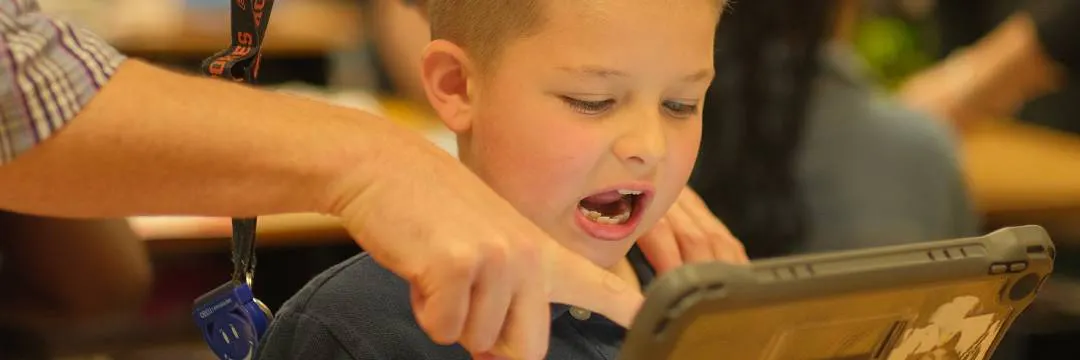Insights from OK City and Mid-Del Leaders
At Seesaw, we highly prioritize our partnerships with schools, leveraging these collaborations to enhance the learning experience. The Seesaw team traveled to Oklahoma on April 20th and 21st to host a field event, which aimed to showcase how Seesaw is collaborating with Oklahoma districts to tackle recurring issues.
While in the Sooner State, Seesaw conducted productive discussions with leaders from Oklahoma City Public Schools and Mid-Del School District with Kris Szajner serving as the moderator. During those conversations, leaders had the opportunity to answer 5 key questions and shed light on their districts’ approaches to:
- Addressing learning gaps
- Strategically supporting teachers
- Focusing on student mindsets
- Engaging families in the learning process
- Include more families
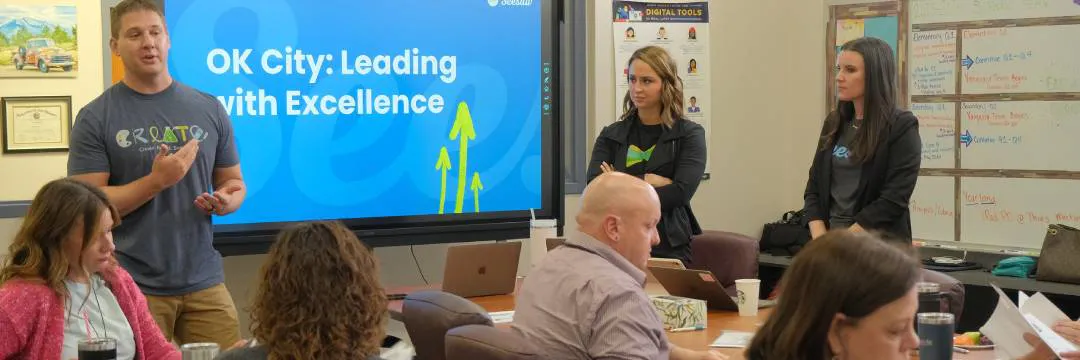
1. What learning gaps have you noticed since the pandemic?
Tiffany Wood (Instructional Technology Coordinator) and Caitlin Hall (Instructional Technology Facilitator)
“I feel like the dust has finally settled on COVID and we are not being as reactive as we were with the pandemic. Now our teachers are just realizing that students are behind and it has taken us a while to know exactly where those gaps lie.
“When you go into classrooms and they don’t know how to add 2-digit numbers. They just somehow missed that piece of learning. Now that they are in a different grade level, the teacher is having to go back to something they covered 2 years ago. This content they are trying to teach is not in their curriculum. It is not in their teacher manual.”
Erin Rennick-White (Executive Director of Technology)
“The state report cards just came out, and there have been some schools where the students who are English Language Learners had scores that were kind of a shock considering the traditional achievements that those schools have. Those gaps were a shock when I looked at the state report cards.
“We are not only seeing student gaps but also seeing teacher experience gaps. They want something out of the box, but without that being in their curriculum, our teachers get stuck. They need resources that are easy to find and able to address needs quickly.”
Neal Kellogg (Director of Technology)
“The pandemic causes the world to slow down around us. It exposed a lot of weaknesses we already had and made them much larger. We have always had students who are not reaching their full potential and the pandemic didn’t help this.
“On top of academic gaps, we also had an implementation gap that exacerbated any problems that were already happening. We were not able to get the technology and training out fast enough for our staff.
“These implementation gaps were not only for hardware but also for teaching skills. For years we have been encouraging the use of technology. We have had teacher laptops since 1999. With the pandemic, we now have to use these tools. What we noticed was groups of teachers who had not been using their tools now have to catch up on their skills because they have to use these tools to still teach.”
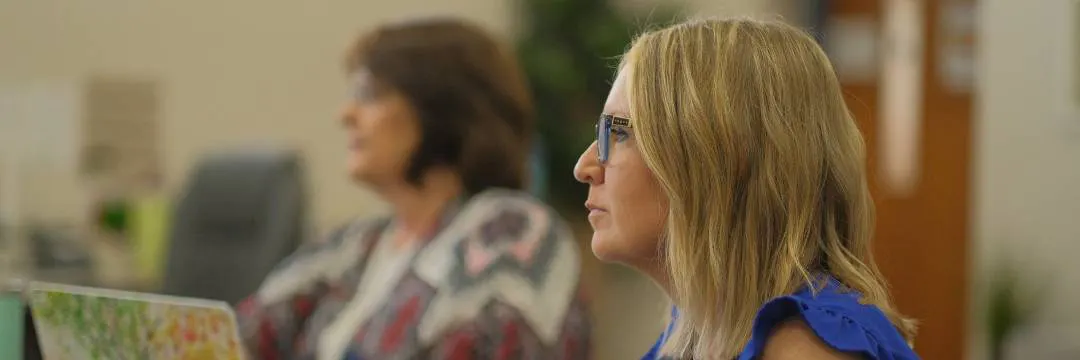
2. What are the most successful ways you are addressing identified gaps?
Erin Rennick-White (Executive Director of Technology)
“From the tech standpoint, all we can do is point them in the right direction. We would love to have more impact but from the instructional technology standpoint, we are working with teaching and learning to ensure that crosswalks are done with fidelity, access to tools is provided, frameworks are cleaned up, and we are adjusting to standards.”
Tiffany Wood (Instructional Technology Coordinator)
“With any academic gaps teachers are trying to fill, we turn to Seesaw. It is easy for teachers to find something that fits these needs quickly and give it to a small group or an individual student that they can complete quickly to gain back that skill. They can find something for that lesson that is not in their curriculum and they can assign it quickly which will help with these gaps.“
Neal Kellogg (Director of Technology)
“We are not constantly working to ensure that our tools continue to be used in classrooms. We often share how technology can make content more engaging for classrooms. Seesaw has provided that for our teachers and helps us to point them in the right direction.
“As a team, we are doing our best to provide helpful resources to our teachers. What we have found to be important is that the days of teachers waiting to be trained, or someone to come and train me are gone. It is hard for us because people will be waiting a long time and might be missing out on learning.
“We are constantly working on new ways to engage teachers to promote the usage of the tools we have. One way is our green screen production room. We are creating videos that we share on social media to get information out to teachers. These types of mediums help us to reach more people faster.
“We have shifted the ownership of learning back onto the teachers. We will come in and show you really good ways to use something but are trying to push the responsibility on teachers to watch a video or read directions for how to do something. “
John Hunter (Instructional Technology Trainer)
“We are pushing virtual PD for our teachers. We have structured learning around 3-day sessions where we learn for 15-20 minutes and then allow for application time. We are embedding the PD department and teacher practices to make it stick.”
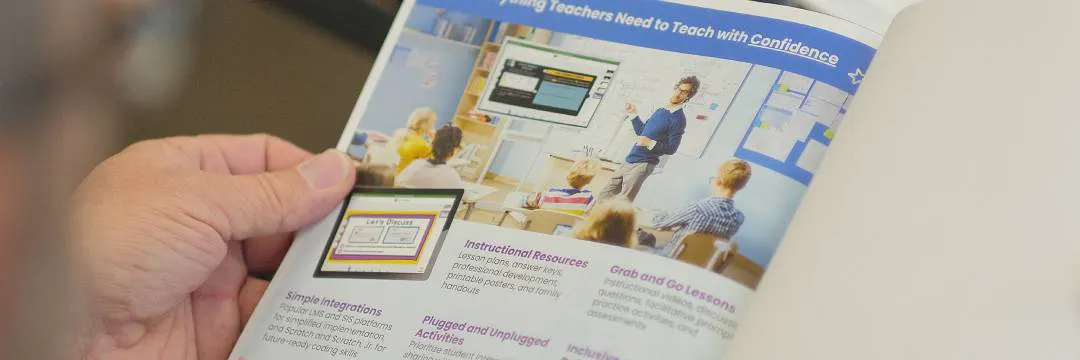
3. How are you creating students who are ready for the future?
Tiffany Wood (Instructional Technology Coordinator) and Caitlin Hall (Instructional Technology Facilitator)
“We are providing tools that are intuitive to students. Tools that allow us to use less and also be able to do more. Seesaw not only does all of this, but it is easy for students to use. Seesaw provides our students the ability to draw, take photos, or record their answers. When they are ready to type, they can first try this on Seesaw. As they grow and become ready for canvas, they already have a foundation of skills they learned just using Seesaw.
“We are being mindful of the ISTE standards and how students are completing work digitally. Taking photos, drawing, and typing are all in Seesaw. Students can practice these skills even as young as Kindergarten and as they grow, students can showcase their knowledge in a way that they choose.
“Students can use the features as they are ready for them. We see students in our classrooms who are not ready to type, and that is ok. They have the tools ready for them to write their answers. This is building a mindset in students that encourages persistence and advocacy around how they showcase their learning. All of this is done just with the built-in tools they have access to.”
Erin Rennick-White (Executive Director of Technology)
“The confidence that our students have in technology is amazing. They are so fluent that we sometimes see them teaching our teachers. Our students are showing our teachers how to take a screenshot when at first the teachers are intimidated by this task. We are seeing more and more teachers embracing this mindset and leaning more into the tools that we provide to give a better learning experience back to the students. “
Adriana Alfonso (Principal)
“Seesaw builds comfort with technology first. The symbols that are found in Seesaw, like the three dots, are found with almost every other technology tool and our kids become familiar with what these things can do. We also see that there is a different level of engagement when kids think they cannot mess up. Seesaw provides comfort to students and we know that technology is not going away. This builds comfort in our students for how the world is.“
Neal Kellogg (Director of Technology)
“The kids are savvy, our kids are just fine. They are exploring on their own and figuring out ways to do things. They have a mindset to explore and not to be afraid to break things. We hope to provide students with more opportunities to leverage technology and be more engaged as they go through our schools.”
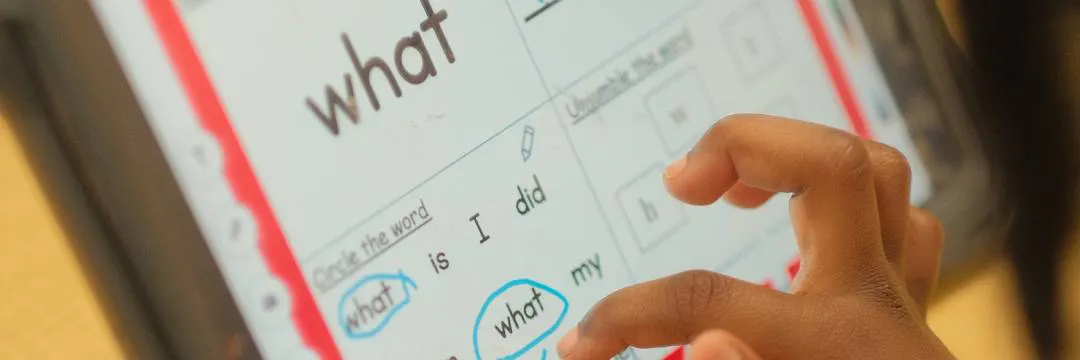
4. How do your families play a role in this work?
Tiffany Wood (Instructional Technology Coordinator)
“We want to give parents a glimpse into the classroom and build trust with the teacher. Technology provides a level of transparency focused on student growth. Families can see their child succeeding in specific areas and also know if they need additional support in other areas. This connection helps to inform families and keep them a part of learning instead of being a battle that has to be fought.”
Erin Rennick-White (Executive Director of Technology)
“Our goal in communications is meant to share how technology is a compliment to learning and not meant to complicate it. We are providing classrooms with devices not so they can sit on screens all day every day. We are providing them for many reasons and one is to open communication with families. We work to educate families that technology is not to replace the teacher or the curriculum, but instead here to make learning better.”
Adriana Alfonso (Principal)
“We work hard to engage our families in learning. It helps parents to understand where their kids are academically, so when they can see it when they can hear what their kids can do, it paints a different picture for them as far as how smart their little kids are.”
Neal Kellogg (Director of Technology)
“I would love to see more families involved. As a district, we need families to be more involved. Our superintendent does a lot of work to provide that transparency. Using a tool like Seesaw to provide transparency and communication provides parents the opportunity to be more involved and see what is happening in the classroom to support their students.
“Our moonshot is that we have a larger percentage of our parents interacting with their kids and interacting positively with their teachers. We have found that around the district, the schools that have the most parent involvement are typically the schools that are much more successful. In a variety of ways.”
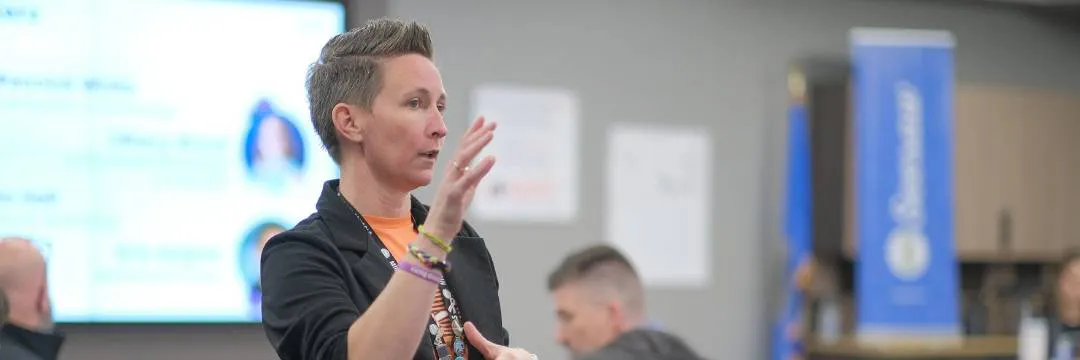
5. What strategies have you put in place to build your family connection?
Tiffany Wood (Instructional Technology Coordinator)
“We provide access to teachers and allow them to lead this work. Our teacher leaders have found ways to use technology that engages families. These techniques have helped us to build our best practices in how technology should be used here.”
Erin Rennick-White (Executive Director of Technology)
“We start by showing teachers how to use the tools. Part of this is showing how to engage family members. One benefit of showing this is the fact that Seesaw is a one-stop shop for us. It has the family connection components needed to replace other tools teachers are using. We try to have our community with as few tools as possible. I as a family member can see messages from the teacher or office and know that I have to order a shirt for next month and can also see the work they did that day in one spot.“
Adriana Alfonso (Principal)
“With COVID, parents were struggling saying things like “Why can’t we go in the building? why can’t we do these things?” This year was the first year we had our school carnival and had the families back in the building. You could tell how excited families were to be back in the building.
“So now that we are back to having these foundational pieces back in place and have rebuilt these relationships we can work families more into the learning. Families feel welcome in school and do feel they are a part of it, then you can include them in the learning. This works because the relationship is there first.”
Neal Kellogg (Director of Technology)
“We are working to connect more teams as a district to ensure that family engagement is more streamlined. The fewer places that families have to go to learn what is happening in their kids’ classrooms, the better.”
